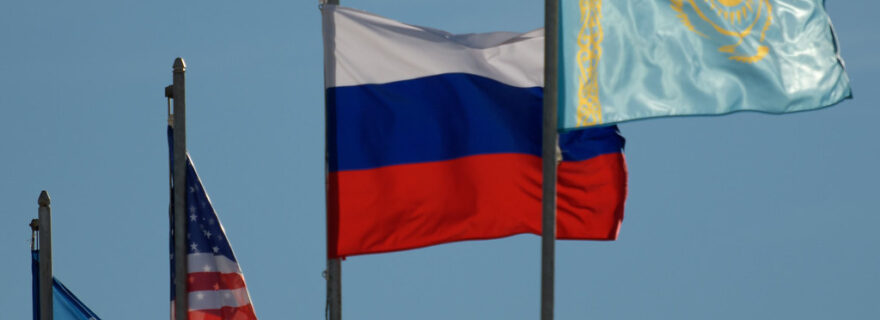Behind the Curtain: an alternative socio–cultural and socio–economic perspective on the unrest in Kazakhstan
The headlines
Initial protests began in the western region of Kazakhstan known for its oil production, specifically first reported protests were in the town “Zhanaozen” after the price of LPG (Liquid petroleum gas) doubled in the country, causing a domino effect that catalyzed nationwide protests and violence.
The slow and incompetent reaction of the security forces, which underestimated the seriousness of the protests, failed to prevent the spread and evolution of protests into violence directed towards officers, government buildings (such as the mayor’s office in Almaty) the presidential palace and private businesses (mostly by looters), creating a volatile and unstable situation on the ground.
President Toqaev described the protests and violence being committed by “international terrorist gangs” and ordered security forces to “shoot without warning” - a death sentence for the people on the streets. Furthermore, after this, he asked the CSTO (Collective Security Treaty Organization)”, a Russian led security organization in the post-Soviet region, to help quell the demonstrations. Under article 4 of the CSTO treaty the alliance can only intervene if there is a threat from an “external enemy” therefore, it becomes clear why the president of Kazakhstan has described the protests and violence being perpetrated by “international terrorist gangs”. This assertion can be further supported by Russia state and media claims that have asserted U.S influence in the unrest in Kazakhstan.
The Alternative perspective
Why did such violence erupt in central Asia’s most stable nation, who possesses GDP per capita PPP (purchasing power parity) is higher than Bulgaria (a member of the EU)? For one to answer this question this article will engage in the analysis of an alternative perspective on the origins of the initial protests in western Kazakhstan. Many foreign news outlets and experts especially put much emphasis on the dissatisfaction of Kazakh society stemming from poverty, authoritarian rule and a lack of reform, viewing the increase in the gas prices as the coup de grace that sparked the protests and violence.
However, if we look at Kazakhstan and the current events that unfolded through the prism of clan and family relations, we can see additional dynamics at work. In Kazakhstan and many Turkic/Central Asian nations, clan and family (tribal) ties are one of the most important values upheld by the population, arguably as significant as patriotism and loyalty to the state. To date, the governing elites of Kazakhstan such as the Nazarbayev’s and the Toqaev’s are from the “Senior Zhuz” tribe. On the other hand, the fossil fuel and mineral rich Western Kazakhstan, where the protests originated from, consists mainly of; the “Junior Zhuz” tribe. It is known that “Junior Zhuz” tribe was not content with receiving the smallest share of the pie when it came to oil and gas revenues when their region was plentiful in its supply. The Junior Zhuz were tired of the Senior Zhuz government striking deals with western companies for oil and gas whilst leaving them out or giving their tribe a minor percentage of the revenues. Hence, according to Russian political scientist Dmitri Oreshkin, when Toqaev spoke about reforming the nation after the protests and violence, it was not a sign of democratization and monetary reform but as a new agreement between the Senior and Junior Zhuz tribes that would allow for more benefits to the Junior Zhuz tribe and its region.
The initial protest and violence in the western region by the members of the Junior Zhuz tribe quickly spread to urban areas all around the nations stirring a social movement of protest and violence against the government.
Furthermore, ex-president Nazarbayev and current president Toqaev are part of the same Zhuz tribe, the senior Zhuz, however, they are from different clans within the tribe, with the former president being from the Shaprashty clan and the current being from the Kushik clan. Toqaev by removing Nazarbayev from his position of the head of the security council and removing his family and clan members from government positions such as the head of the KNB (National Security Committee, the main intelligence and security apparatus of the Kazakh state) Karimov Masimov, replacing them with his close allies and clan members.
Hence, alongside nationwide civic protests and violence there has been a power struggle in the Kazakh government causing permanent change to the demographic makeup of high level positions within the government and consolidation of power to the Kushik clan (the Toqaev’s family clan) within the senior Zhuz Tribe. The analysis of the events in Kazakhstan within the alternative perspective presents a more detailed picture of the societal structure of Kazakhstan, which is not only comprised of different ethnic groups such as the Russians, Kazakhs and Uzbeks but also of groups and sub-groups inside these ethnic groups, allowing us to view the internal machinations that ultimately led to the recent unrest in the country.

